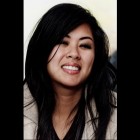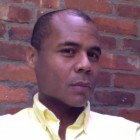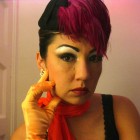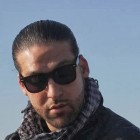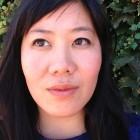CA+T Interview with Michael Arcega
Interviewed via E-Mail
October 18, 2013
Matthew Andrews, CA+T Interviewer
Michael Arcega, Artist
Matthew Andrews (CA+T): How did you get started in art (e.g., as a child, in school)?
Michael Arcega (MA): I started drawing in fifth grade as a recent immigrant to LA [Los Angeles, California]. My friend and I “discovered” a mural in a hidden part of our elementary school. Somebody had spray-painted “BOMB” with a cartoon wick-and-ball bomb in place of the letter “O.” My eleven-year-old mind was blown! I drew that image over and over again. As a young graffiti writer, I played with graphical text, distorting and abstracting letters and words. Throughout my public school education, I learned about line, shape, form, color, context, site-specificity, audience, risk, and other art-making principles.
CA+T: You have said that much of your work revolves around language. How did you become interested in the subject of language?
MA: While I was doing graffiti, I was also negotiating spoken language. I had a thick Filipino accent and was trying desperately to assimilate to the local culture as most children attempt to do. Also, Filipinos are notorious for playing with language and code-shifting. Turning words like “devastation” into “the bus station” with the accent was common practice. It wasn’t until much later at the San Francisco Art Institute that I realized that my accent could be used as a tool to sonically distort and abstract words. This realization developed at the same time that my critical thinking skills matured. I realized the power of language, both as a tool for play and for politics.
CA+T: How did you come up with the idea of Baby (Medium for Intercultural Navigation)?
MA: After years of making work around the Pacific, I moved to Richmond, Virginia to teach sculpture at Virginia Commonwealth University. The difference between the two coasts became apparent—especially in the South. The cosmology and creation myths of each region were completely different. I realized that I didn’t really understand this culture after all. The larger project, Baby and the Nacirema, was a frame in which I was able to study the inhabitants of North America in an objective yet playful way. Baby (Medium for Intercultural Navigation) was created from an American kayak that was transformed into a Pacific outrigger canoe. She is the object-metaphor that I processed my discoveries through.
CA+T: You have also said that your practice draws from making work from a constantly shifting position, the sensibility of the insider and outsider. Could you speak more about this?
MA: The way I approach a subject is never the same. I try to investigate them from as many different perspectives [as possible] to find the most interesting way to generate work. Sometimes, I pose as the flawed hegemonic figure, like El Conquistadork, and other times as a naturalized entity trying to understand a culture, like Baby (Medium for Intercultural Navigation). This way of working is similar to code-switching, a linguistic term for abruptly shifting from one language or code to another—like Tagalog to English and back.
CA+T: What inspires you and why?
MA: Many things inspire me. Artists, makers, writers, teachers, students, friends, light/ shadow, culture, texture, diversity, animals, plants, rocks, sounds, food, objects, space, and so on. I suppose that an interesting juxtaposition of anything can inspire an idea. Tension, asymmetry, and friction create unusual junctions that can spark a thought. I look for moments like this that can turn into an artwork. Why? I enjoy engaging with communities and contributing in cultural production.
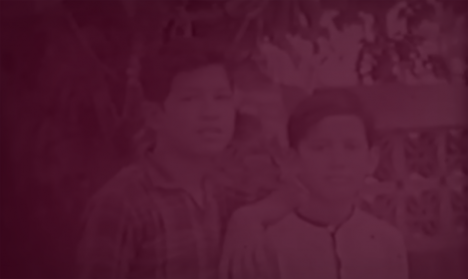
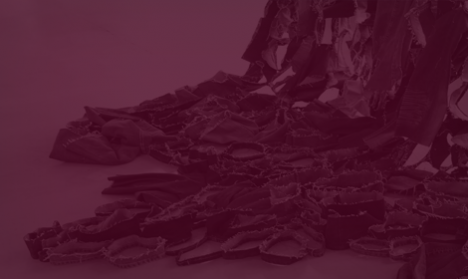
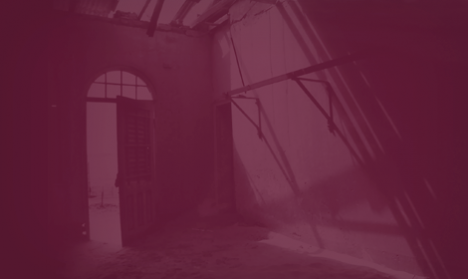
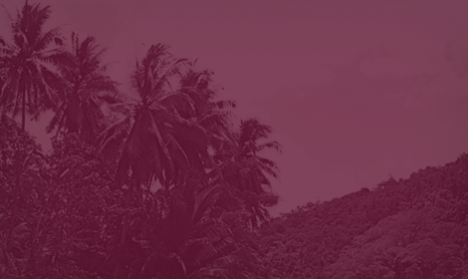
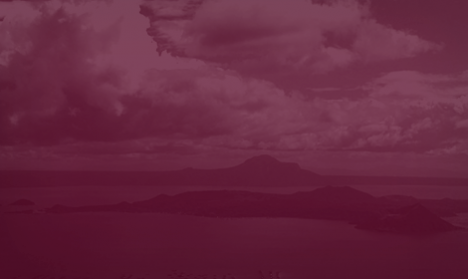

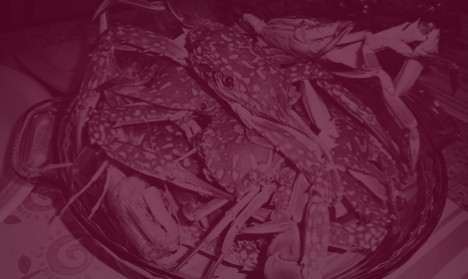
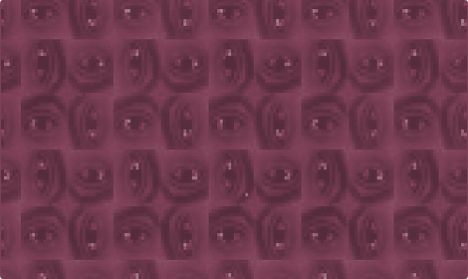
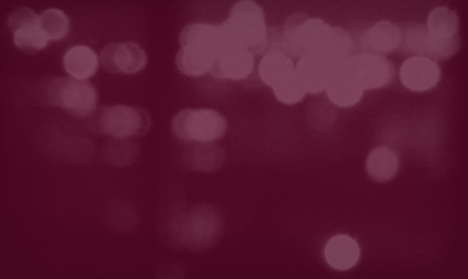
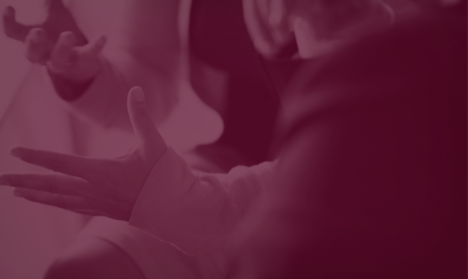
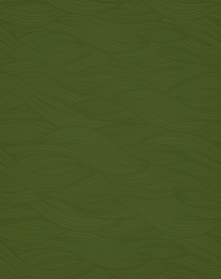
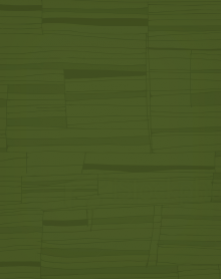
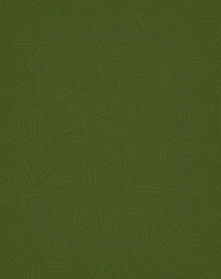
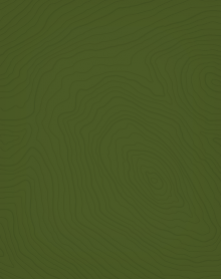
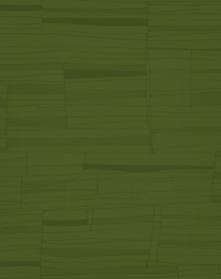
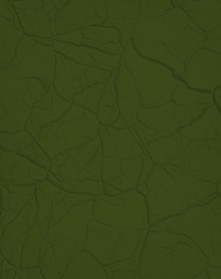
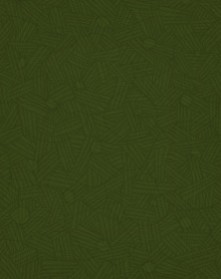
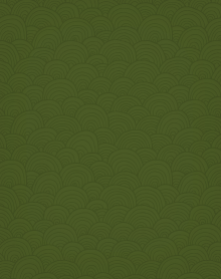

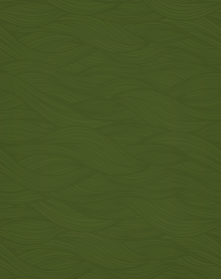
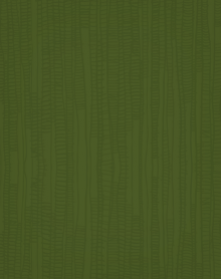

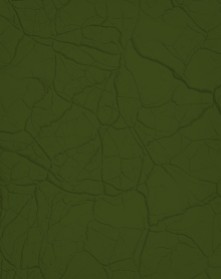
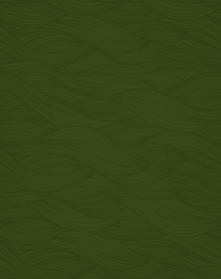
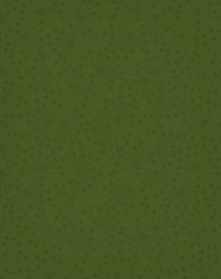
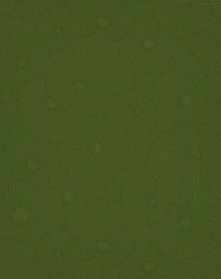
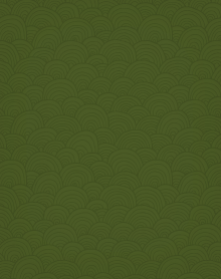
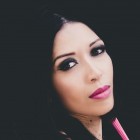
.jpg)
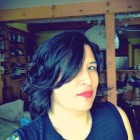
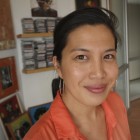

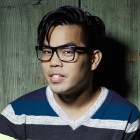
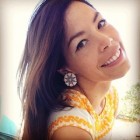
.jpg)
.jpg)
.jpg)

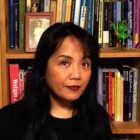
.jpg)



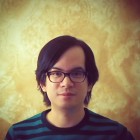


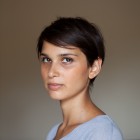
.jpg)
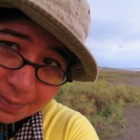
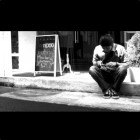
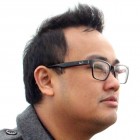
.jpg)

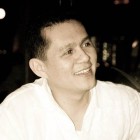
.jpg)
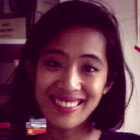
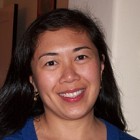
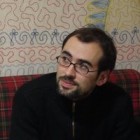
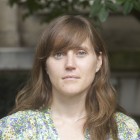
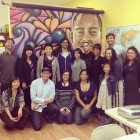
_Cropped.jpg)
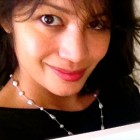
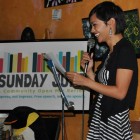
.jpg)
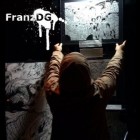
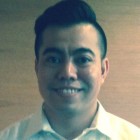
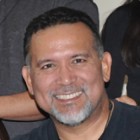
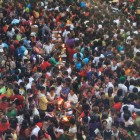

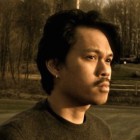
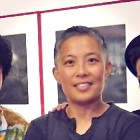
.jpg)
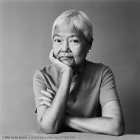
.jpg)

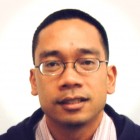
.jpg)
.jpg)
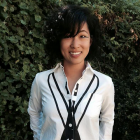
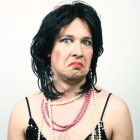
.jpg)
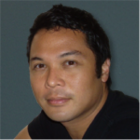

.jpg)
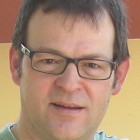
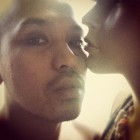
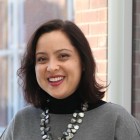
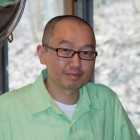
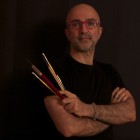
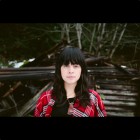
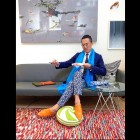
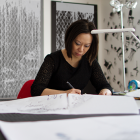
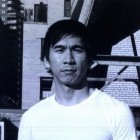
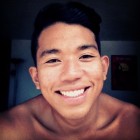
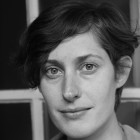
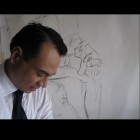
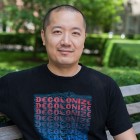
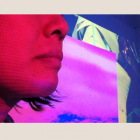
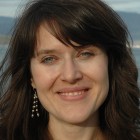
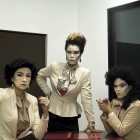
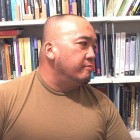
.jpg)
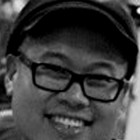

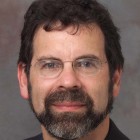
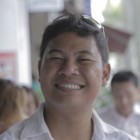

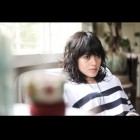
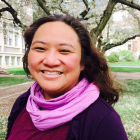



.png)
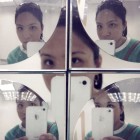
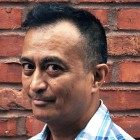

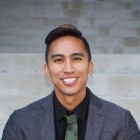
.jpg)

.jpg)
.jpg)
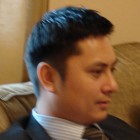
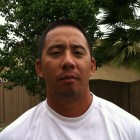
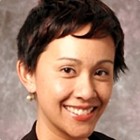
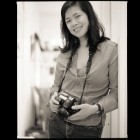
.jpg)
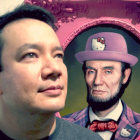
.jpg)
.jpg)
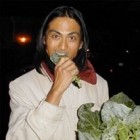
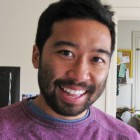

.jpg)
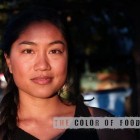
.jpg)

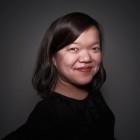
.jpg)
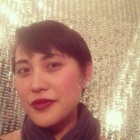
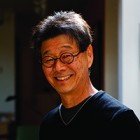

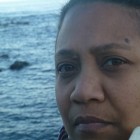
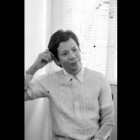
.jpg)
